What is LGBT Pride Month?
Sexual Minority Pride Month, an annual June month of global minority celebration, grew out of the remembrance of Stonewall and has become part of the gay rights movement.
In the 1970s, the rainbow flag was used in the United States as a symbol of internationalism and the union of all mankind. But by the late 1970s, the association between the rainbow flag and sexual minority pride began to gain popularity in the United States.
Today, there are up to 70 LGBTQIA+ flags, and Lisa will bring you some tips on this this month. Like the little cute can share the article out, so that more people understand.
1. Femme fatale lesbian Flag
LGBTQIA+
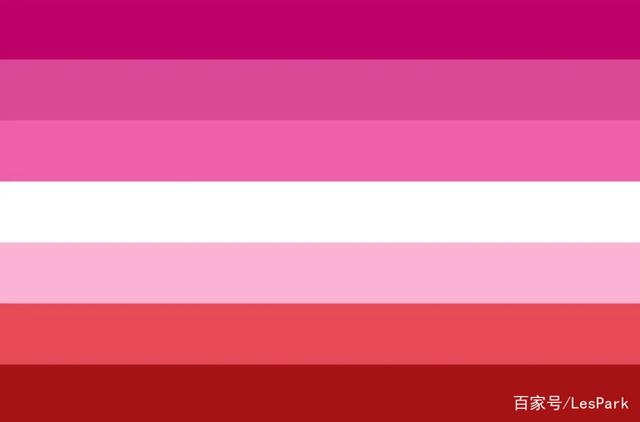
The Femme Fatale Lesbian Flag was designed by Natalie McCray in 2010 to celebrate lesbian identity.
2. Butch lesbian Flag
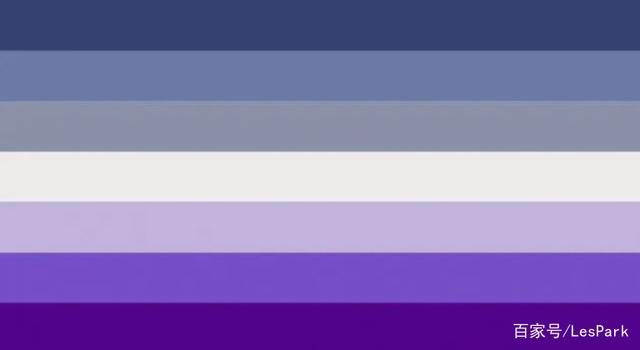
The Butch Lesbian flag is intended to represent lesbians with a more "masculine" or "dominant" personality, style, or identity.
It's a redesign of the original rainbow flag and the pink lesbian flag, the latter associated with more "female" lipstick lesbians.
The color scheme of blue, purple, grey and white is apparently just designed to serve as a "change of dress" for the flag.
3. Lesbian Pride flag
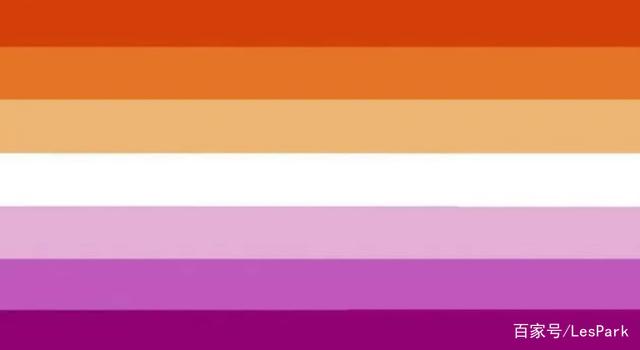
The Lesbian Community Pride Flag, or simply the Lesbian Pride Flag, was inspired by the earlier lipstick lesbian Pride flag.
The design, which appeared on social media in 2018, takes the pink and red colors of the previous flag and adds orange.
4. Gender fluid/gender elastic flag
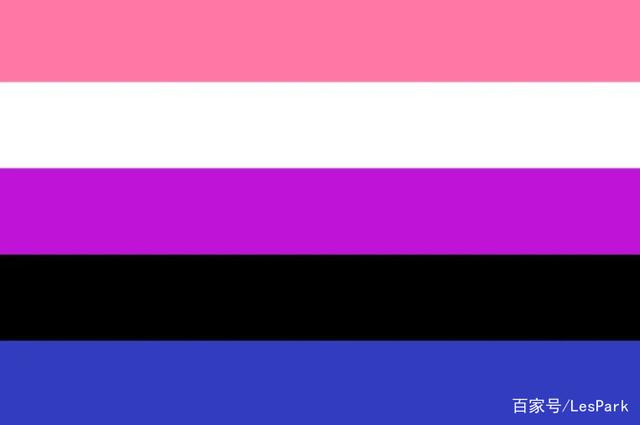
The logo is intended to reflect all that gender fluidity may entail (as gender may change over time) : pink represents femininity, blue represents masculinity, white represents genderless, black represents all genders, and purple represents a combination between male and female. JJ Poole created the logo in 2012.
5.GAY Pride flag
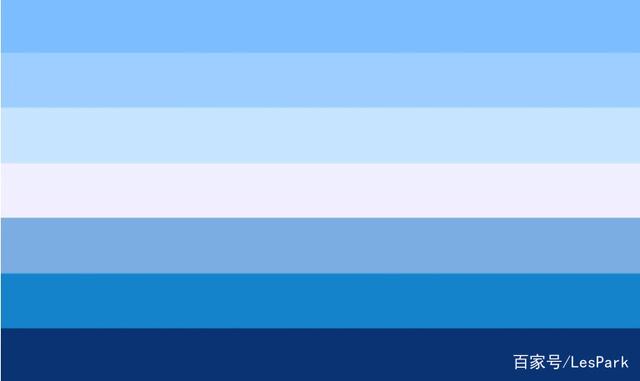
The flag is made up of blue and sky blue, symbolizing men's attraction to each other and the diversity of the gay community itself.
The blue and sky blue colors of the gay flag were chosen because these colors are used to represent the symbolic image of men, especially gay men.
6. Bisexual flag
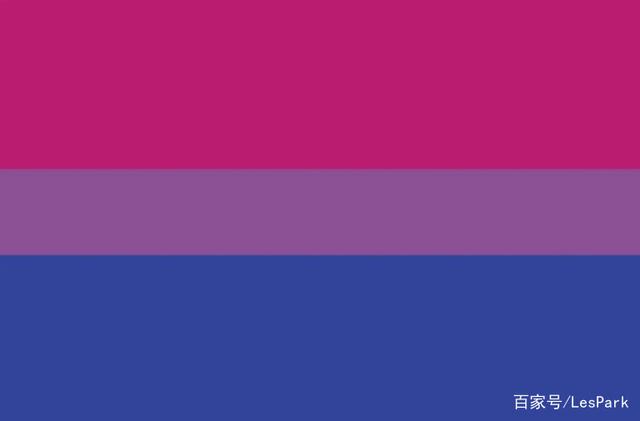
In 1998, Michael Page wanted to attract bisexual people to the LGBTQ + community. Lavender covers the stereotyped colors of boys (blue) and girls (pink), appealing to both sexes.
Bisexuality does not necessarily mean attraction to both genders, and there are other signs that can indicate attraction to more than one gender.
7. Transgender pride flag
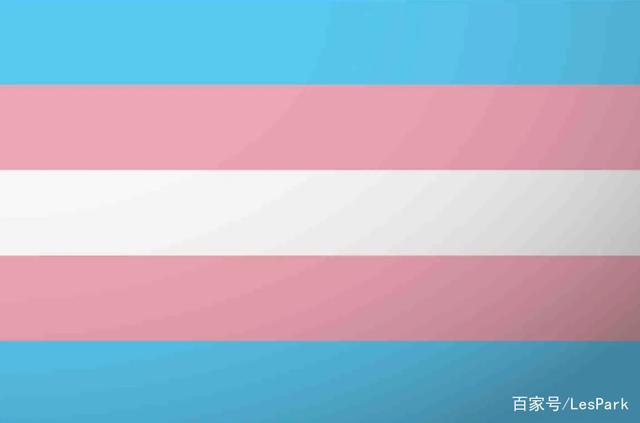
Those who are transitioning or are gender-
neutral/asexual are also included in white. Monica Helms, a transgender woman, designed it in 1999.
Blue and pink represent boys and girls, and the flag always faces up no matter which way it is held.
8. Neutral flag
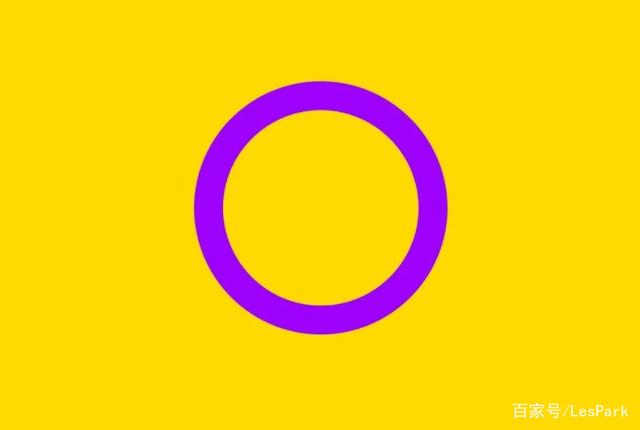
Intersex International Australia designed the logo in non-
gender colours in 2013, with the flag meaning "to celebrate life beyond binary.
The transgender symbol also represents both sexes (changes in gender characteristics).